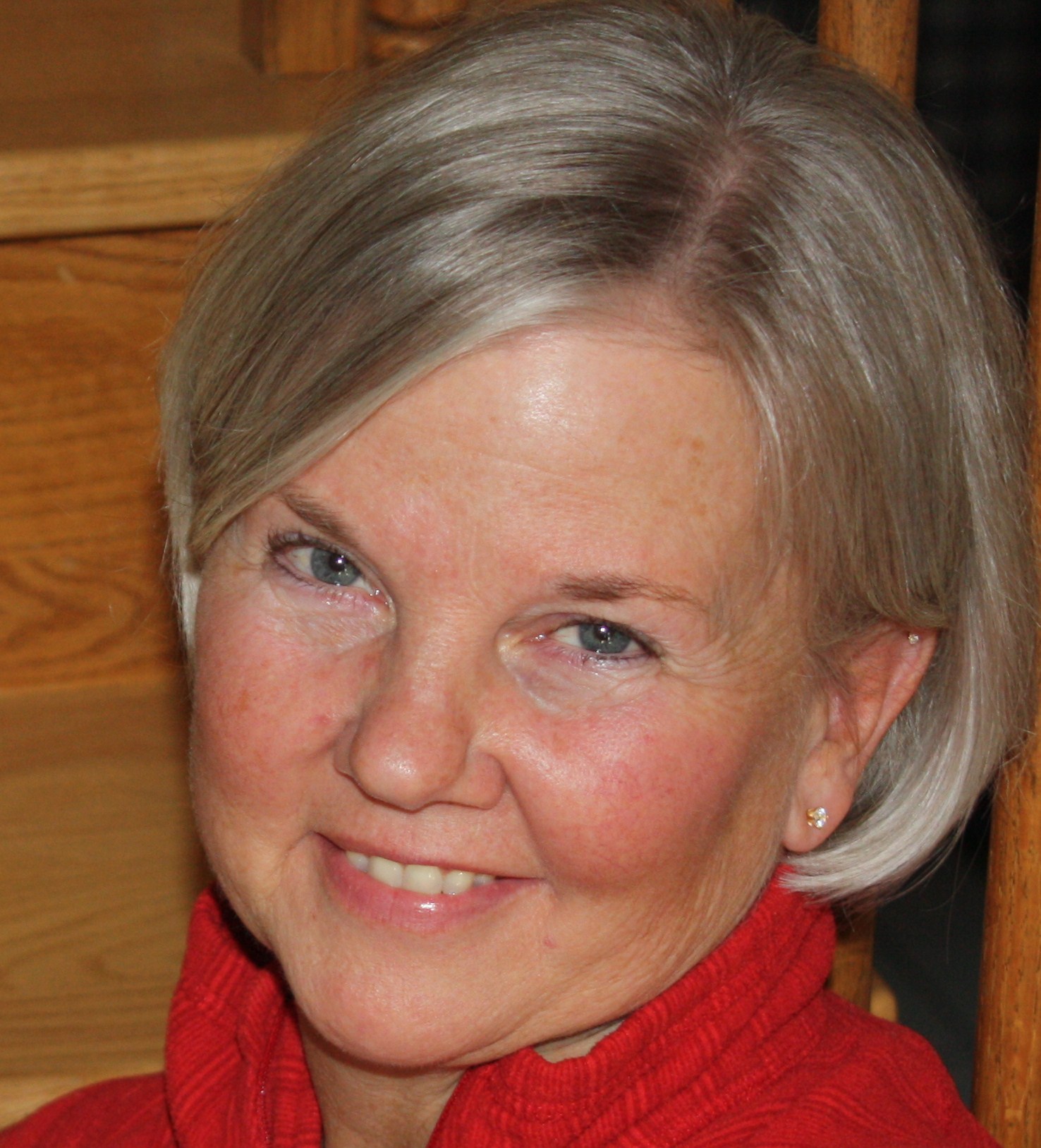Happy Hunting

Mardi Knudson
Sauk Rapids-Rice Public Schools
MCTM Region 6 Director
Hunting.
Into the fall and winter many people find themselves out hunting. Whether corn rows for pheasants, deer stands for the ten-point buck, or department sale isles on Black Friday, finding that “just right” whatever seems to be dialed into our genetic code during autumn and during the December holidays. No different the mathematicians perusing the NCTM Regional Conference Program Book in November in Minneapolis. With pen and highlighter poised participants were ready to hit the target of the perfect session(s) to find that “just right” strategy to address the focus of classroom or district needs.
There were focus strands to address leadership, promoting productive struggle, computational fluency, beyond algebra, technology and equity. A diverse offering for me to pursue my game. As a supervisor of teacher candidates, I chose sessions that addressed promoting productive struggle and equity. Two areas that I have seen as an instructional coach where a well intentioned lesson can miss its mark. Just as in hunting fowl or deer, you can read about all the effective strategies to help you find success, but the implementation takes a fair amount of intuition and perseverance.
Peg Smith gave some great suggestions as she drove home the importance of being diligent with incorporating the 5 Practices into lessons. Anticipating, monitoring, selecting, sequencing and connecting- practices that take intentionality when planning. I could almost hear the collective sigh of relief as she said that not every day requires a rich discussion. However, plan well when you know you have a rich task. Asking more purposeful questions to make the mathematics more visible is an art. Remembering to ask questions when mathematicians are on the right path, not just the wrong path helps all clarify thinking. She suggested having some type of monitoring tool to quickly be able to jot down a strategy students suggest, who said it , and then figure out where that strategy falls on the continuum of understanding for the concept you are addressing. Again, not every lesson needs this. Taking time to do the anticipation of how your lesson will progress can only improve your delivery. Smith’s suggestion was then to post lesson results on Facebook or a math blog to get more ideas. Other worthwhile suggestions were:
- never say who wants to go next in presenting solutions, you should have moved around and carefully chosen the order so students see the connection and depth of understanding
- know at the beginning of class who hasn’t had much air time – be sure to call on them
- productive discourse is not an accident from a teacher working on the fly
- set students on more productive pathways as they are working – your job is triage!
- just hearing the right answer doesn’t help struggling students
- have multiple entry points whenever possible
I know many districts have worked with the 5 Practices. Taking time to do a self inventory this time of year can only benefit you and your students as the year progresses. This is not a time to tell the inflated hunting stories either. Be brutally honest. Ask observers for honest feedback on what they see happening during your math class.
Another session that I feel is worth highlighting was from Tim Blom – Differentiation Doesn’t Have to be This Difficult. I am always open to listen to people who feel they can save me time! Working with equity in our diverse classrooms can be daunting. Again, take inventory of how things are going in your classroom and see if there are some easy ways to bring more equity into your teaching. Check your sites to see how you are addressing:
- differentiation based on data
- modifying your warm up
- who is asking and answering most questions during class (should be students)
- change up your strategies for flexible grouping
- are there times students can choose the problems they want to do
- do you have options for how students should be taking notes
- instead of having the number of problems be the constant, can students work for the same amount of time and then discuss
- for the high flyers remember if they get the answer one way, encourage them to try another pathway or find the answer in a different base
I can read all kinds of books on hunting or teaching math. I can watch videos of how it should go. But if I never stop and take an honest inventory of my skill set or tools, I won’t get any different results.
My wish for you as we start a new year is that your district math department and leaders help support your efforts in hitting your math targets in your classroom. Know that MCTM is always ready to help as well. Check out our web site to find help with a current math issue you are dealing with or plan ahead to attend the state math conference ,“Taking Action! 6 Guiding Principles to Improve your Instructional Practice Tomorrow” , in Duluth, April 29-30, 2016.
Happy Hunting!
